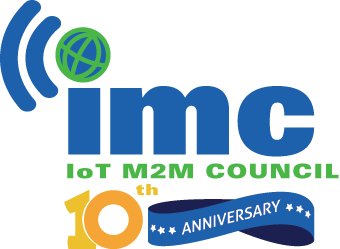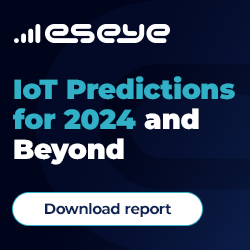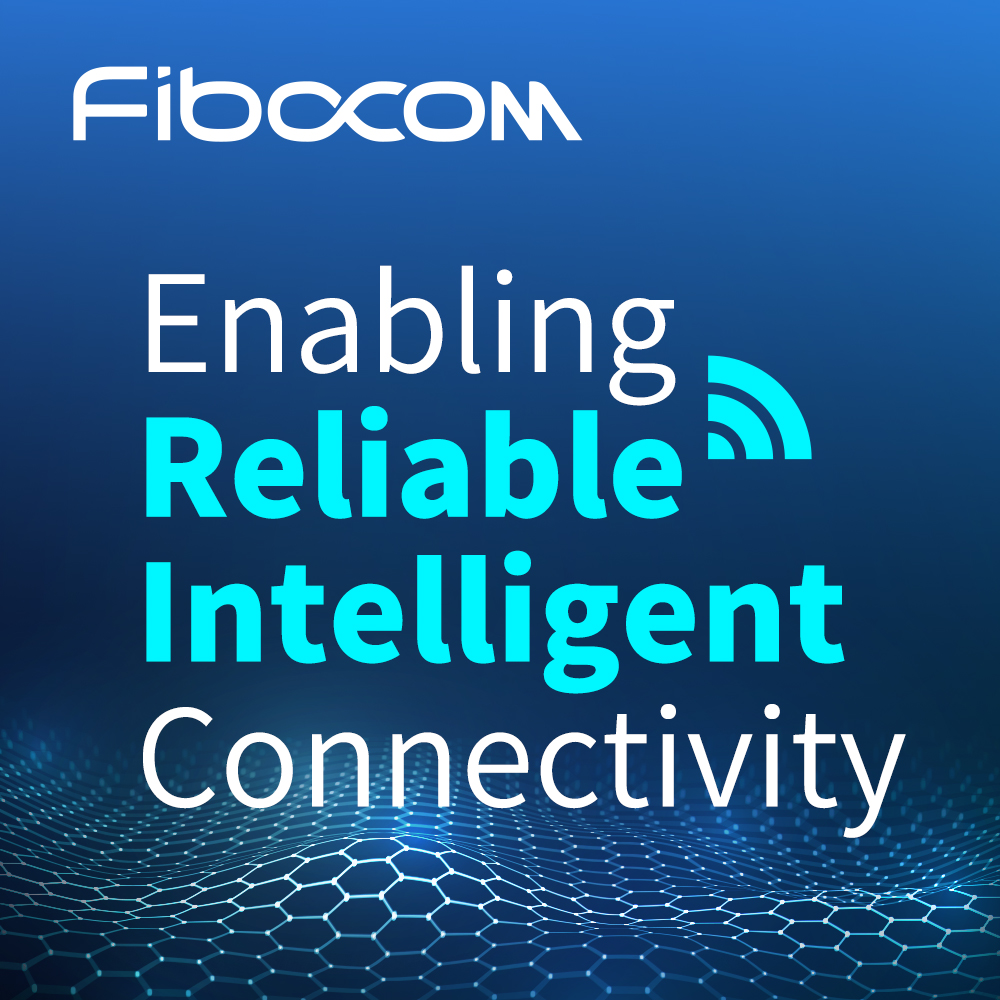EVs will help, not hamper the grid
- March 13, 2023
- William Payne

Electric vehicles could be the largest contributor to flexible capacity in electricity grids, according to data captured by myenergi, a provider of eco-smart home technology.
myenergi manufactures a range of smart home energy products including the zappi solar EV charger. The company has recently recruited thousands of its customers for flexible capacity.
With more than 13MW of aggregated flexible capacity in total – equivalent to the average power consumption of around 40,000 homes – myenergi has been sending commands to zappi chargers that have responded to grid events by reducing their consumption by an average of 2.4kW per household. According to myenergi, this offers more flexible capacity than other demand side response (DSR) platforms which typically rely on consumers reduce home energy consumption by turning off lights and other appliances.
The company argues that many if not most electric vehicles will be charged during off-peak periods by default. The company’s data shows that on-peak electric vehicle charging will be flexible, with EV charging able to be remotely paused or turned down, without inconveniencing users. According to myenergi, if the grid is constrained, EV chargers will be able to respond and give back capacity.
Lee Sutton, co-founder and CEO of myenergi, said: “Data we have collected from recent grid events prove that, far from being a hindrance on the electricity system, electric vehicles are ready to deliver huge benefits in terms of the flexible capacity when they shift charging demand to avoid grid constraints. While we recognise that consumer incentives will be a feature of the market, what is especially impressive is that we have been able to deliver this simply by asking customers to sign up to our DSR service.
“Done right, grid flexibility should not inconvenience consumers. Indeed, it’s clear that our customers have barely noticed these brief interruptions to their EV charging, as their vehicles have invariably still been able to finish charging.
“Demand side response is therefore about intelligent devices responding autonomously to remote commands. If it is to be successfully and widely – rather than grudgingly – adopted by consumers at scale, it really needs to be happening without the user even noticing. The industry should not be sending the message that the future of our energy system is contingent on everyone rushing around just before 5.30pm to switch off all their appliances and light some candles.”
Smart zappi EV chargers can be instructed to pause or reduce consumption – and in future, ‘turn up’ events are much more likely, where the grid will have a surplus of clean, renewable electricity and will request chargers switch on or increase their consumption to soak up this excess supply, rather than energy providers being forced to turn off this generation. While smart charging using the myenergi zappi will typically mean that EV drivers are charging outside of peak hours by default, myenergi has demonstrated the impact that eco-smart devices can have on delivering significant flexibility in energy capacity.




